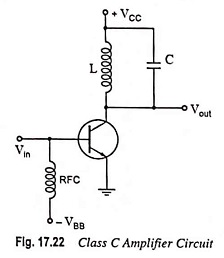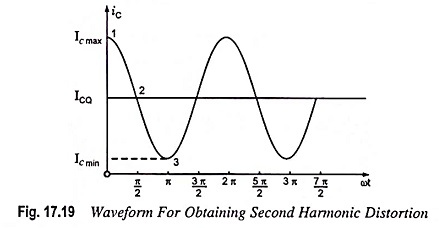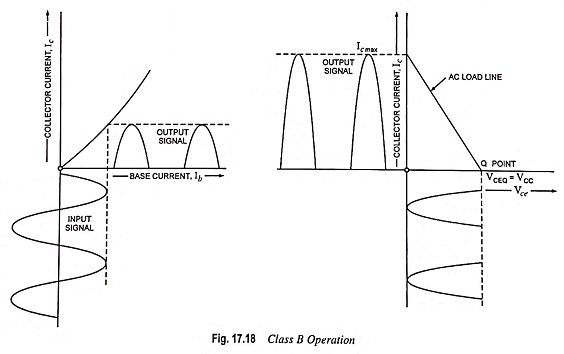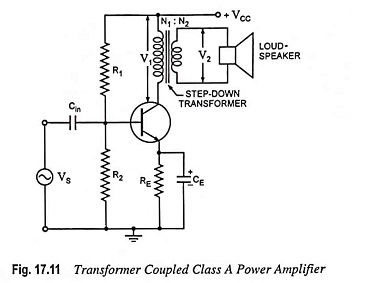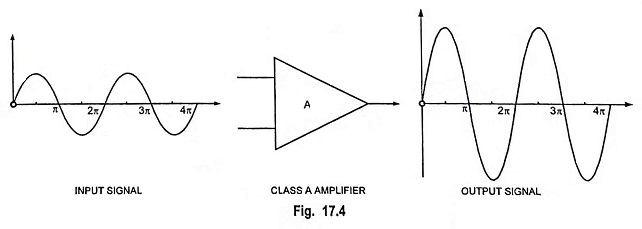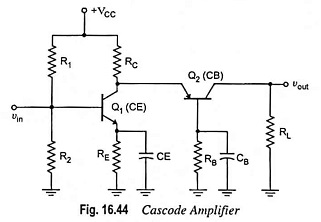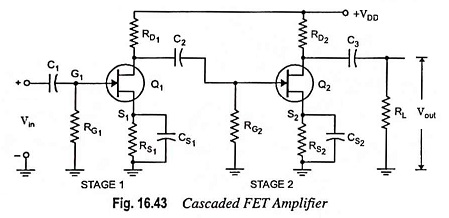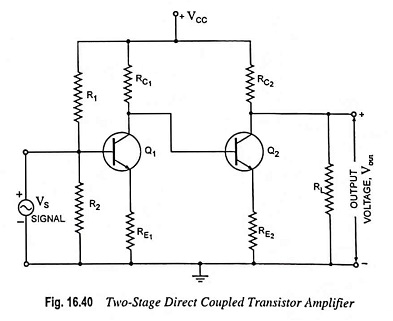Class C Power Amplifiers – Circuit Diagram, Operation and Applications
Class C Power Amplifiers - Circuit Diagram, Operation and Applications: A class C power amplifiers is biased to operate for less than 180° of the input signal cycle, as shown in Fig. 17.22. The tuned…
